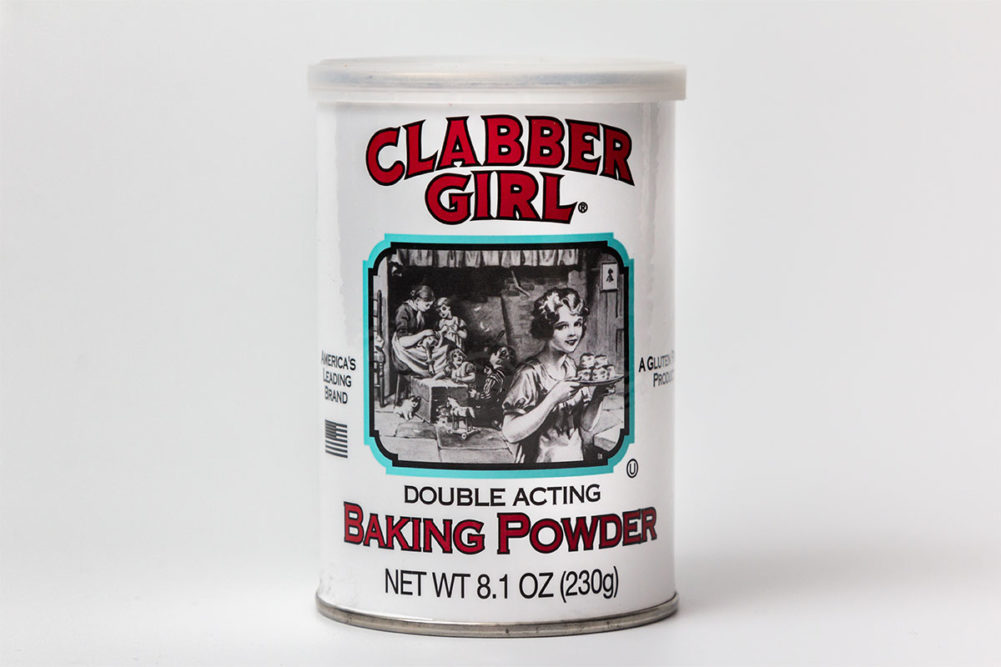PARSIPPANY, NJ. — Executives at B&G Foods, Inc. are watching how crossing price thresholds impacts brand sales.
“There’s no doubt as you cross a threshold that consumers behave a little bit differently,” said Kenneth C. Keller, president and chief executive officer, in an Aug. 3 earnings call to discuss second-quarter financial results. “The elasticities tend to get a little higher on that marginal move.”
Case in point: Crisco. Prices crossed the threshold of $5 per bottle, and net sales for the brand dropped 7% in the second quarter ended July 1 when compared to the same time of the previous year.
“Specifically on Crisco, price elasticities remain high, greater than 1, above the key $5 and $6 per bottle price point,” Mr. Keller said. “We are reducing our net prices to reflect lower commodity oil costs and expect to drop back below key price thresholds on shelf during baking season this fall and project volumes to improve at lower price points.”
B&G Foods in the quarter had net income of $10.55 million, equal to 15¢ per share on the common stock, which compared with $256,000, and no share gain, in the previous year’s second quarter. Net sales dropped 1.9% to $470 million from $479 million, primarily because of the Jan. 3 divestiture of Back to Nature, which had sales of $9.8 million in the second quarter of 2022.
More divestitures could come.
“We continue to evaluate exiting businesses that have lower margin and cash flow, higher working capital complexity or do not fit with our core capabilities and structure, with Back to Nature as the first step last January,” Mr. Keller said. “There is a target list being worked to reshape the portfolio with no specified time frame, but we expect that any proceeds from divestitures would primarily be used to reduce long-term debt.”
B&G Foods released its second-quarter financial results after the market closed on Aug. 3. The company’s stock price on the New York Stock Exchange stood at $13.28 per share then, but Aug. 4 the stock price rose 8%, closing at $14.35 per share.
Net sales for the Green Giant brand decreased 4.4% in the quarter.
“Volume declines continue to reflect the discontinuation and rationalization of lower-margin innovation in the frozen portfolio, which we will begin to lap at the end of Q3,” Mr. Keller said. “For shelf-stable products, we have also seen Del Monte and others become very aggressive on pricing and promotion to work down higher prior season pack inventories.”
Net sales increased for Clabber Girl, up 44%, Maple Grove Farms, up 2.9%, and Cream of Wheat, up 1.9%.
“Clabber Girl is continuing to see strength across all product lines, including baking powder, baking soda and cornstarch, and channels, including branded retail, private label and industrial,” said Bruce C. Wacha, chief financial officer.
Mr. Wacha addressed private label, saying the category has recovered share recently but still tends to be down from 2019 levels.
“Certainly, (Crisco is) an area where private label picked up some share,” he said. “As price points come down, we would expect that to moderate or possibly reverse.”
In the first half of the fiscal year, B&G’s net income of $14 million, or 19¢ per share on the common stock, was down 42% from $24 million, or 35¢ per share, in the same time of the previous year. First-half net sales slipped 3% to $981 million from $1.01 billion.
B&G Foods revised its fiscal-year net sales guidance to a range of $2.11 billion to $2.13 billion, down from a range of $2.13 billion to $2.17 billion. Volume being softer than expected in the Green Giant canned and bag-in-box business had a negative impact on the fiscal-year outlook, Mr. Wacha said.
“We continue to watch our volumes closely, particularly for brands where we have taken the most pricing,” he said. “We expect the pace of our volume declines to continue to moderate as we head into the back half of the year and lap the majority of our price increases.”




